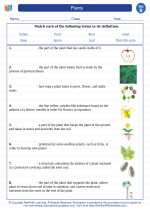Concrete
Concrete is a versatile and commonly used building material made from a mixture of cement, water, and aggregates such as sand, gravel, or crushed stone. It is known for its strength, durability, and ability to take on different forms and shapes. Concrete is used in construction for buildings, bridges, roads, dams, and many other structures.
Composition of Concrete
The basic components of concrete include:
- Cement: Cement is the binding agent that holds the other ingredients together. It is typically made from limestone, clay, and other minerals.
- Water: Water is used to hydrate the cement and start the hardening process.
- Aggregates: Aggregates provide strength and bulk to the concrete. They can be fine (such as sand) or coarse (such as gravel).
- Admixtures: These are materials added to the concrete mix to alter its properties, such as improving workability or enhancing strength.
Properties of Concrete
Concrete exhibits several key properties, including:
- Strength: Concrete has high compressive strength, making it suitable for supporting heavy loads.
- Durability: Properly made and cured concrete can withstand environmental factors and last for many years.
- Workability: The ability of concrete to be easily mixed, placed, and compacted into the desired shape.
- Permeability: Concrete can be designed to be impermeable to water, which is important for structures like dams and water tanks.
Uses of Concrete
Concrete is used in a wide range of construction applications, including:
- Building foundations
- Structural frames for buildings
- Roads and pavements
- Bridges and tunnels
- Dams and water retaining structures
- Pre-cast concrete products such as pipes, blocks, and panels
Environmental Impact
The production of concrete can have environmental implications, particularly due to the high carbon emissions associated with cement production. However, efforts are being made to develop more sustainable and eco-friendly concrete formulations, such as using alternative cements and incorporating recycled materials.
Study Guide
To further understand concrete, consider focusing on the following topics:
- The chemical process of cement hydration
- Factors affecting the strength and durability of concrete
- The different types of concrete mixes and their applications
- The role of reinforcement in concrete structures
- The environmental impact of concrete production and potential solutions
Additionally, conducting hands-on experiments, visiting construction sites, and learning about famous concrete structures can provide practical insights into the material and its uses.
[Concrete] Related Worksheets and Study Guides:
.◂Science Worksheets and Study Guides Second Grade. Plants
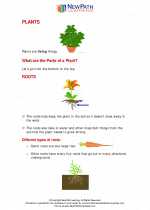
 Activity Lesson
Activity Lesson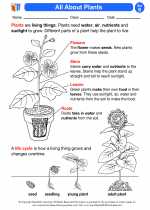
 Activity Lesson
Activity Lesson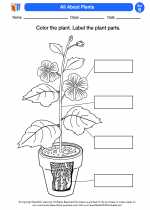
 Worksheet/Answer key
Worksheet/Answer key
 Worksheet/Answer key
Worksheet/Answer key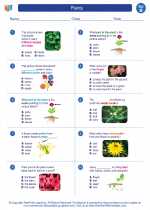
 Worksheet/Answer key
Worksheet/Answer key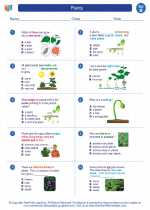
 Worksheet/Answer key
Worksheet/Answer key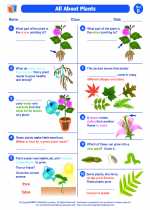
 Vocabulary/Answer key
Vocabulary/Answer key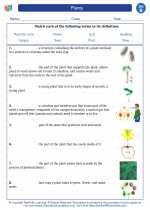
 Vocabulary/Answer key
Vocabulary/Answer key